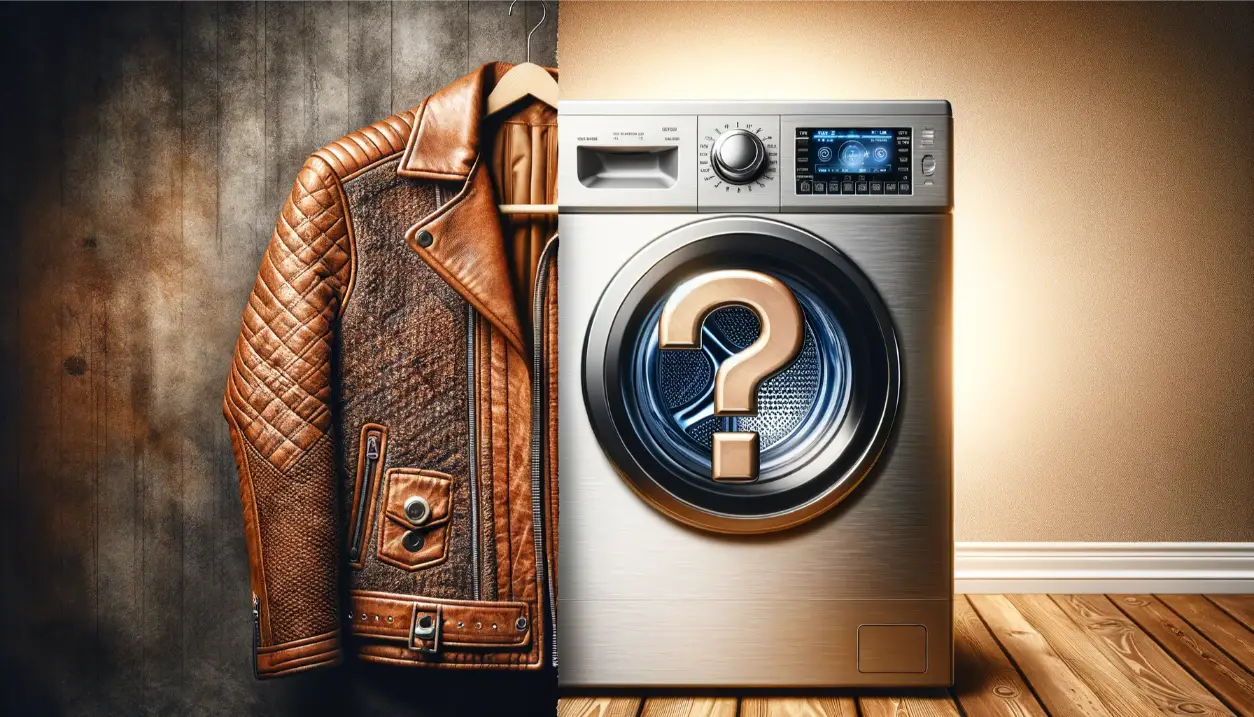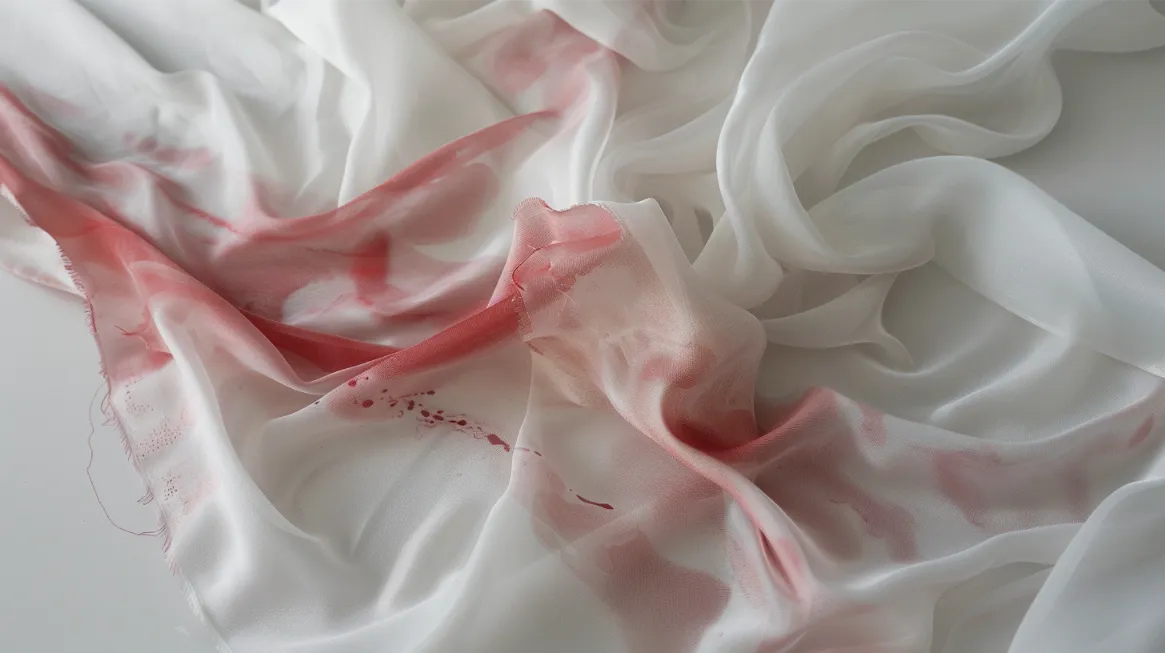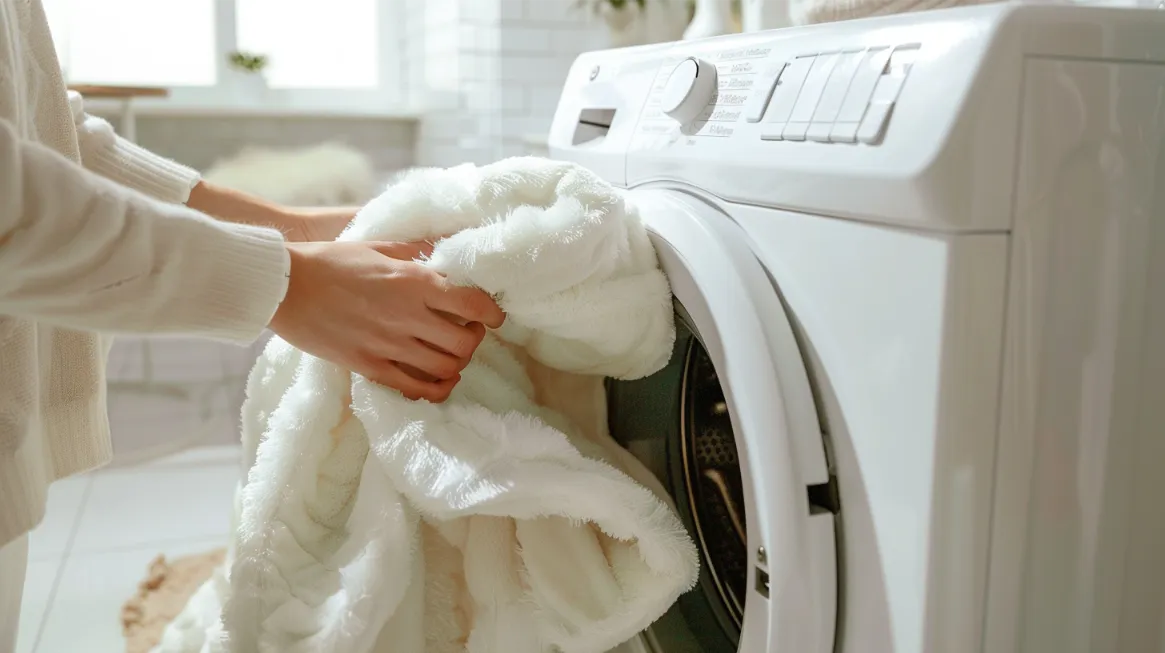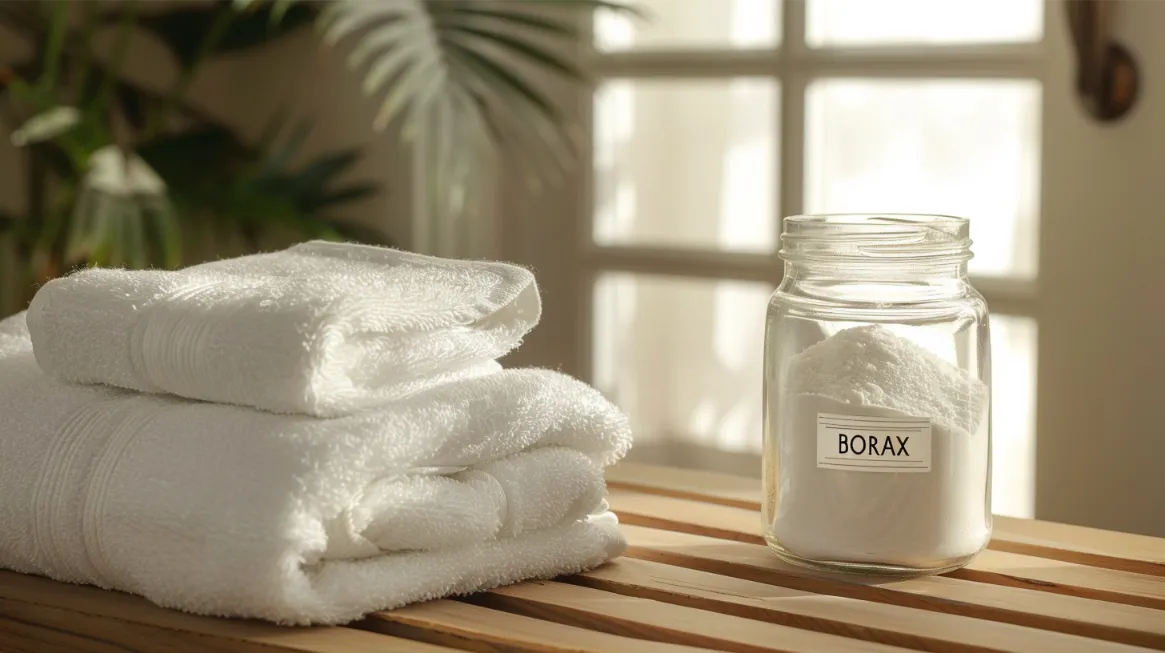Ironing wool can be daunting, as the delicate fibers require special care to avoid damage. This comprehensive guide will explore the essential steps to safely iron wool, from selecting the right iron setting to using a pressing cloth as a protective barrier.
Discover how to apply moist heat effectively, prevent scorch marks, and maintain the shape and quality of your wool garments. Stay tuned for expert tips and techniques to leave your wool crisp and wrinkle-free without compromising its integrity.
Are you ready to unlock the secrets of safely ironing wool?
Key Takeaways
- Use an iron with a wool setting and a steam setting to iron wool safely.
- Turn the garment inside out to protect the outer surface and preserve the texture and shape of the wool.
- Place a pressing cloth on top of the wool to protect delicate fibers and evenly distribute heat.
- Apply moist heat with the steam setting and steady pressure to remove wrinkles without scorching the wool.
Gather Ironing Supplies
To iron wool garments safely, gathering the necessary ironing supplies is essential. First and foremost, you will need an iron that has a wool setting or can be set to 300 degrees Fahrenheit. This is the optimal temperature for ironing wool without causing damage. Additionally, it is crucial to have a steam setting on your iron. The steam will help to relax the wool fibers, making them easier to press.
Next, you will need a pressing cloth. This cloth is a protective barrier between the iron and the delicate wool fabric. It prevents shiny marks and scorchings when the iron directly contacts the wool. You can purchase a pressing cloth from a fabric store or online. Choosing a pressing cloth made from a fabric that can withstand high heat and steam is important.
Lastly, ensure that you have a sturdy and padded ironing board. Wool garments are delicate and require proper support during ironing. A sturdy ironing board will prevent mishaps or accidents while pressing your wool items. The board’s padding will also help protect the wool fabric from unnecessary creasing or stretching.
Choose the Iron Setting and Temperature
Selecting the appropriate iron setting and temperature is crucial for safely and effectively ironing wool garments. Here are some key points to consider:
- Set the iron on the wool at 300 degrees Fahrenheit: This temperature is ideal for ironing wool without causing damage. It ensures the iron is hot enough to remove wrinkles but not too hot to scorch or shrink the fabric.
- Ensure there is water in the steam iron well: Wool fabrics benefit from steam ironing as it helps relax the fibers and smooth out any creases. Fill the water reservoir in your steam iron to facilitate effective steam ironing.
- Use the steam setting: Activate the steam on your iron to allow steam to penetrate the wool fabric. This helps to relax the fibers further and remove wrinkles more efficiently.
- Check the vent holes on your steam iron: Proper steam distribution is essential for effective ironing. Ensure that the vent holes on your steam iron are clear and unobstructed, allowing steam to flow evenly throughout the ironing process.
Turn the Garment Inside Out
When ironing wool garments, turning the garment inside out is essential to protect the outer surface from direct contact with the iron. By turning the garment inside out, you prevent any potential damage to the visible side of the garment. This method safeguards the appearance and quality of the wool fabric.
Wool is a delicate fabric that requires special care during the ironing process. Always press on the wrong side of the fabric to maintain the wool’s integrity. This technique helps to preserve the texture and shape of the garment, ensuring it retains its original look.
Turning the garment inside out is a crucial step in ironing wool effectively and safely. It shields the outer surface from direct heat and allows you to focus on the inner layers, where wrinkles and creases are more likely to occur.
Place Pressing Cloth
The next step is to place a pressing cloth properly to ensure the safe ironing of wool garments. The pressing cloth acts as a protective barrier between the iron and the delicate fibers of the wool fabric. It helps prevent direct contact between the iron and the wool, which could potentially cause damage.
Here are four important reasons why using a pressing cloth is crucial when ironing wool:
- Protect delicate fibers: Wool fabric is known for its delicate fibers that can easily be damaged by direct heat. Placing a pressing cloth over the garment creates a layer of protection, ensuring the wool fibers remain unharmed during the ironing process.
- Heat distribution: The pressing cloth assists in distributing heat evenly across the wool fabric. Evenly distributing the heat helps avoid any potential hot spots that could cause scorching or burning of the wool fibers.
- Prevent shine: Wool fabric is prone to developing shiny spots when exposed to high heat. The pressing cloth acts as a buffer between the iron and the wool, reducing the risk of creating unwanted shine on the garment.
- Avoid moisture damage: When ironing wool, it’s important to avoid direct contact with steam or moisture. Placing a pressing cloth over the wool fabric is a barrier, preventing accidental moisture damage during the ironing process.
Apply Moist Heat to Fabric
Applying moist heat to wool fabric is essential in safely ironing wool garments. To achieve this, using the steam setting on your iron is crucial. Dry heat should be avoided as it can lead to scorching and damage to delicate wool fibers.
To apply moist heat effectively, use a pressing cloth. This cloth acts as a barrier between the iron and the fabric, evenly distributing the heat. It also protects the wool from direct contact with the iron, preventing potential damage.
When ironing, apply steady pressure and move the iron with the pressing cloth in a smooth and controlled motion. This will help to distribute the moist heat evenly and remove any wrinkles or creases in the fabric. However, avoiding leaving the iron in one spot for more than 10 seconds is important to prevent overheating the fabric.
Utilizing the steam function of your iron is also crucial in ensuring that the wool fabric receives the necessary moisture for safe ironing. The steam helps to relax the fibers and make them more pliable, resulting in a smoother finish. Following these steps and using the appropriate tools, you can safely apply moist heat to wool fabric and achieve professional-looking results.
Frequently Asked Questions
How Do You Iron Wool Safely?
To safely iron wool, set the iron to the wool setting and use a pressing cloth to protect the fabric—the iron is on the wrong side with moist heat from the steam function. Hang to dry.
What Happens When You Iron Wool?
Ironing wool helps remove wrinkles and restore its shape. The heat from the iron relaxes the fibers, resulting in a smoother garment. Proper ironing enhances the appearance of wool, giving it a polished look, while steam can freshen the fabric and eliminate odors. Careful ironing prevents damage and extends the garment’s lifespan.
How Do You Iron a Wool Hat?
Use a steam iron with a wool setting to iron a wool hat safely. Place a pressing cloth between the iron and the hat, gently pressing on the wrong side. Avoid prolonged ironing in one spot to prevent scorching or melting. Hang the hat to dry afterward.
Can Wool Yarn Be Ironed?
Yes, wool yarn can be ironed. Using a steam iron on a low heat setting and ironing on the wrong side with a pressing cloth to protect the fibers is recommended.










